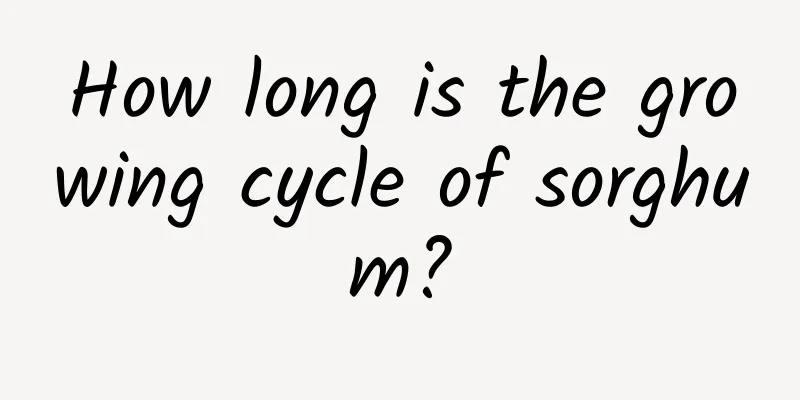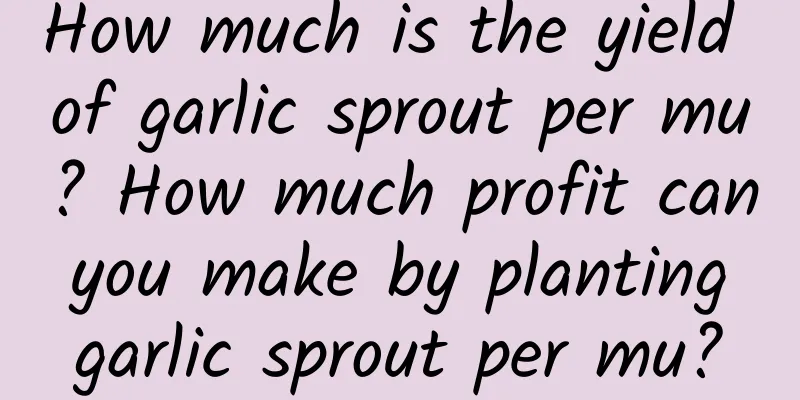How to prune pear trees in winter

timeIt is carried out from December after the pear tree has shed its leaves in the current year to before it sprouts in the second year. methodFirst of all, based on the growth characteristics of pear trees, which have obvious apical dominance, strong germination ability, weak branching ability, and mainly bear fruit on short fruit branches, older trees and weak trees should be pruned more heavily, while younger trees and vigorous trees are suitable for light pruning or no pruning at all. Secondly, when pruning the tree, different pruning methods should be used for different types of branches. Main branch, secondary branch or other extension branchMainly use short pruning, and increase the amount of pruning appropriately. You can use methods such as supporting, pulling, and hanging to open the angle of the main branches. Branches that bear fruit year after yearKeep strong branches, cut off weak ones, and renew them in time. It is necessary to specifically prune those branches that have too many flower buds and short and weak new shoots, and appropriately shorten and thin out the dense and weak branches. As a result, when the branch groups are generally weak, heavier pruning and renewal are required. Laying branchesIf there is extra space in the crown, especially for the gaps between the main branches, you should retain as many growing branches as possible. You can adopt the method of not pruning one-year branches in the first year and shortening the flower buds in the second year. You can also cut back the branches after fruiting. If it affects the growth of main branches, you can take measures such as increasing the angle, removing straight branches and keeping oblique ones, removing strong branches and keeping weak ones, and slowing down the fruiting. Fruit stand, short fruit branchThe fruit base of a pear tree often produces about 1-3 lateral shoots. When pruning, you can usually just shorten one and leave one, or thin out one and leave one. The pruning of short fruit branches needs to be determined based on the load of the entire plant to determine how many short fruit branches to retain and remove the excess ones. If the tree is weak, weak branches and buds also need to be removed. In addition, it is appropriate to keep the strong branches and remove the weak ones, and remove dead branches, dense branches, weak branches, diseased and insect-infested branches, etc. |
<<: The Clivia I keep at home is dying. This is how I can save it.
Recommend
What kind of flowers are better to grow in the bedroom in winter? These flowers sterilize and remove dust!
1. Chlorophytum comosum Many people should know a...
How to water violets
Principles of watering violets I have shared with...
What are the propagation methods of bulbous begonia
Seed propagation of bulbous begonia Choose spring...
These 9 kinds of flowers can be grown into curtains when placed indoors. They are much more beautiful than green ivy and spider plants!
Clematis Clematis blooms in summer, and its flowe...
How to take care of the newly bought Dieffenbachia
1. Change the soil Dieffenbachia has high require...
When is the flowering season of lilies?
1. Flowering period The flowering period of lilie...
Why do plum blossoms drop leaves?
1. The temperature is too high 1. Reason: Plum bl...
What to do if the jade plant has root rot
Waterlogging in the soil Because Jade Plant is a ...
How to prune forsythia
1. Pruning during the growth period 1. When pruni...
How to grow hydroponic spider plants in summer
Summer maintenance tips Stay hydrated Of course, ...
Is Bird of Paradise easy to keep?
Bird of Paradise, also known as Strelitzia regina...
How far away from the roots should grapes be fertilized, and where and how deep should they be fertilized?
1. Fertilization location How far away from the r...
A handful of green radish, 1 spoon of sugar on asparagus fern, and it will climb the wall in a month!
Feed asparagus fern 1 spoon of sugar and it will ...
Yield per mu of Polygonatum sibiricum planting
The cultivation prospects of Polygonatum sibiricu...
How to divide Monstera and what are the time and method for dividing the pots
Time to divide Monstera The best time to divide t...









